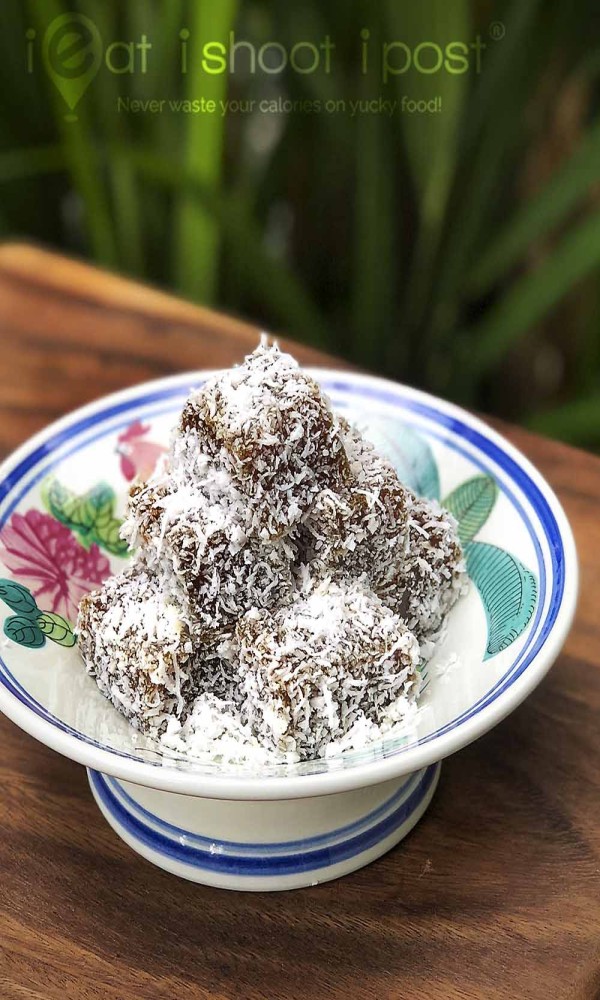Kuih kosui is a popular Singaporean kueh (pronounced “kway”), a bite-sized snack enjoyed by people of all ages. This sweet and savory treat features a chewy glutinous rice exterior filled with a flavorful mung bean paste. It’s a versatile dish that can be enjoyed as a breakfast item, afternoon snack, or even a light dessert.
This guide will delve into the history and cultural significance of kuih kosui in Singapore, followed by a detailed recipe that’s easy to follow at home. We’ll also explore the nutritional value of this delightful snack and conclude with some frequently asked questions.

A Taste of Tradition: The History of Kuih Kosui in Singapore
Kuih is a broad term encompassing a wide variety of bite-sized snacks in Southeast Asian cuisine. Singapore, a melting pot of cultures, boasts a rich heritage of kuih varieties, each with its unique flavor and history. Kuih kosui is believed to have originated from China, where it was traditionally enjoyed during festive celebrations. Over time, the recipe made its way to Southeast Asia, adapting to local ingredients and preferences.
In Singapore, kuih kosui is often associated with peranakan cuisine, a unique blend of Chinese and Malay culinary traditions. Peranakans were descendants of early Chinese immigrants who married local Malays. Their cuisine reflects this heritage, incorporating elements from both cultures. Kuih kosui became a staple at peranakan tea parties and gatherings, served alongside other sweet and savory snacks.
Today, kuih kosui remains a beloved treat in Singapore. It’s readily available at hawker centers, wet markets, and even some cafes. While traditionally enjoyed as a snack, kuih kosui can also be found on dessert menus in some restaurants. Its versatility and delicious flavor continue to win hearts across generations.
Making Kuih Kosui at Home: A Step-by-Step Guide
Now that you’ve learned about the history and significance of kuih kosui, let’s get down to the fun part – making it yourself! This recipe yields around 20-25 kuih kosui, perfect for sharing with friends and family.
Ingredients:
For the glutinous rice dough:
Directions:
1. Prepare the mung bean filling:
2. Make the glutinous rice dough:
3. Assemble the kuih kosui:
4. Cooking the kuih kosui:
5. Serving:


